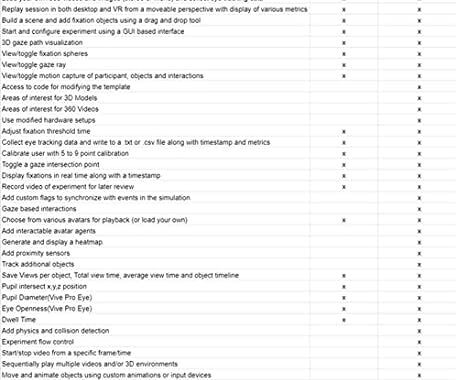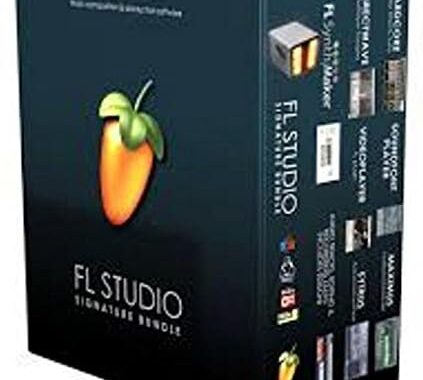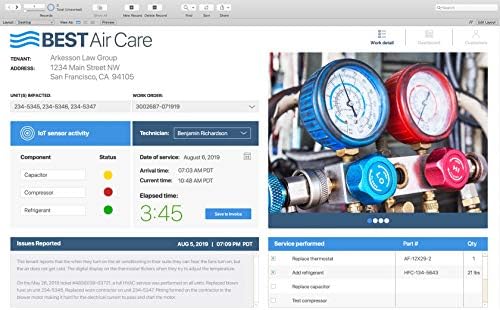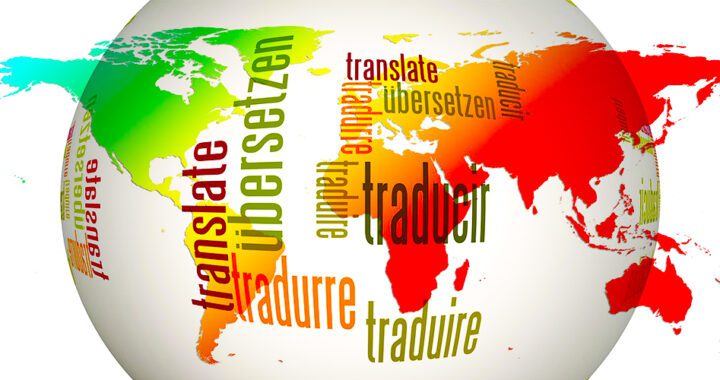Transforming Content into Rich Text Format
![Amazon.com: Roxio Creator NXT 8 | CD/DVD Burning and Creativity Suite [PC Download] [Old Version] :](https://www.coupondealsone.com/wp-content/uploads/2023/04/AKViEZnrmdPg.jpg)
Rich Text Format (RTF) is a document file format used for cross-platform document interchange. It allows documents to be saved in a file format that can be opened and edited by different word processing programs. In order to transform content into RTF, certain guidelines must be followed.

Formatting Text
When creating rich text documents, it is important to pay attention to formatting. Here are some guidelines to follow:
Headings
Headings should be used to break up the text and make it easier to read. There are four heading levels in HTML, which correspond to the different sizes of the headings. H1 is the largest heading and H4 is the smallest.

Paragraphs

Write your content in paragraphs, rather than in one long piece of text. This makes your document easier to read and more visually appealing.
Bold, Italic, and Underline
Use bold, italic, and underline to highlight important text, but don’t overdo it. Too much bold or italic text can be hard on the eyes and overwhelm the reader.
Inserting Images

Images can be added to an RTF document to enhance the visual appeal of the document. Here are some guidelines to follow:
File Formats

RTF files can support several image file formats, including JPG, PNG, and GIF, among others. Be sure to use an image format that is compatible with your word processing program.
Image Size

The size of the image should be appropriate for the document. Large images can slow down the loading time of the document and overwhelm the text.

Conclusion
Creating content in RTF format is a great way to make sure that your document can be read and edited by different word processing programs. By following these guidelines for formatting and inserting images, you can create a visually appealing document that is easy to read and understand.

![Amazon.com: Band-in-a-Box 2019 Pro for Mac [Old Version]](https://www.coupondealsone.com/wp-content/uploads/2024/04/2O6e4Cw25Z6a.jpg) Band in a Box 2019 Flash Drive Review
Band in a Box 2019 Flash Drive Review  WorldViz SightLab Tracking Software Omnicept Review
WorldViz SightLab Tracking Software Omnicept Review  Math ACE Jr. Review: A Must-Have Learning Tool for Kids Ages 4-8
Math ACE Jr. Review: A Must-Have Learning Tool for Kids Ages 4-8  Review of Image Line Software Studio Signature Bundle
Review of Image Line Software Studio Signature Bundle  FileMaker Pro Advanced Review
FileMaker Pro Advanced Review ![Amazon.com: Punch! ViaCAD 2D/3D v12- For Mac [Mac Download] : Software](https://www.coupondealsone.com/wp-content/uploads/2024/04/YBusi9QdX6E2.jpg) ViaCAD v12 for Mac Review
ViaCAD v12 for Mac Review  Elevate Your Baking with the Stylish and Powerful Drew Barrymore 5.3-Quart Stand Mixer
Elevate Your Baking with the Stylish and Powerful Drew Barrymore 5.3-Quart Stand Mixer  Review of the Sterilizer Charging Wireless Certified Sanitizer
Review of the Sterilizer Charging Wireless Certified Sanitizer  DESTEK VR Controller Review
DESTEK VR Controller Review  Translate English to Albanian Review
Translate English to Albanian Review